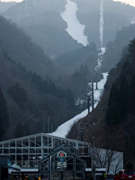
Mizuho Highland
One of the best ski slopes in western Japan with a variety of courses that make use of natural terrain. From the slopes at the top, you can see the Sea of Japan.
Info
Business Hours
Price
Spot Category

The information provided reflects the details available at the time of the survey.
Please note that facility details may change due to the facility’s circumstances, so please check for the latest information before visiting.
This content has been translated using machine translation.
Information provided by: JTB Publishing
The content uses an automatic translation service, which is not always accurate.
The translated content may be different from the original meaning, so please understand and use it.

One of the best ski slopes in western Japan with a variety of courses that make use of natural terrain. From the slopes at the top, you can see the Sea of Japan.
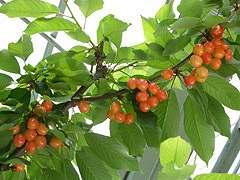
Cherry picking (open only on Sat and Sunday) in the Ishikami Kogen, and only groups of 20 or more people on Wednesday, Thursday and Friday to receive reservations (planned).
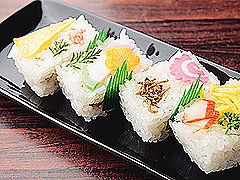
Sukiya-style and Namako wall-style, the building used with the city of Nanao, filled with local fresh vegetables and abundant souvenirs; packed with tourists as a gateway from the Hiroshima area; and about 50 minutes to the world heritage site "Ishimi Ginzan".
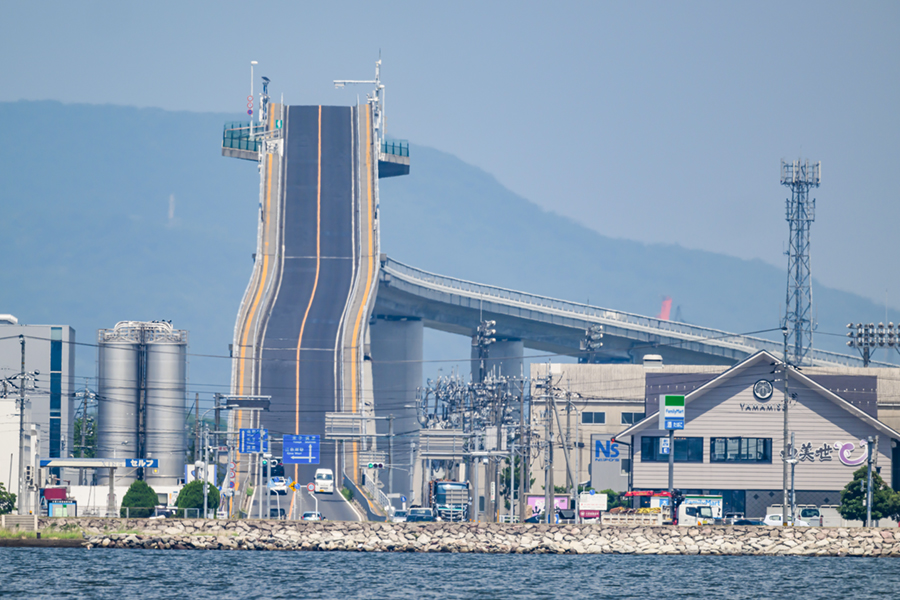
It was used as the subject of a television commercial for a famous car as "Betta Tritosaka", and became famous as the common name "Betta Tritosaka" because of its steep slope. The top reaches a height of about 45m, making it Japan's most concrete girder bridge.
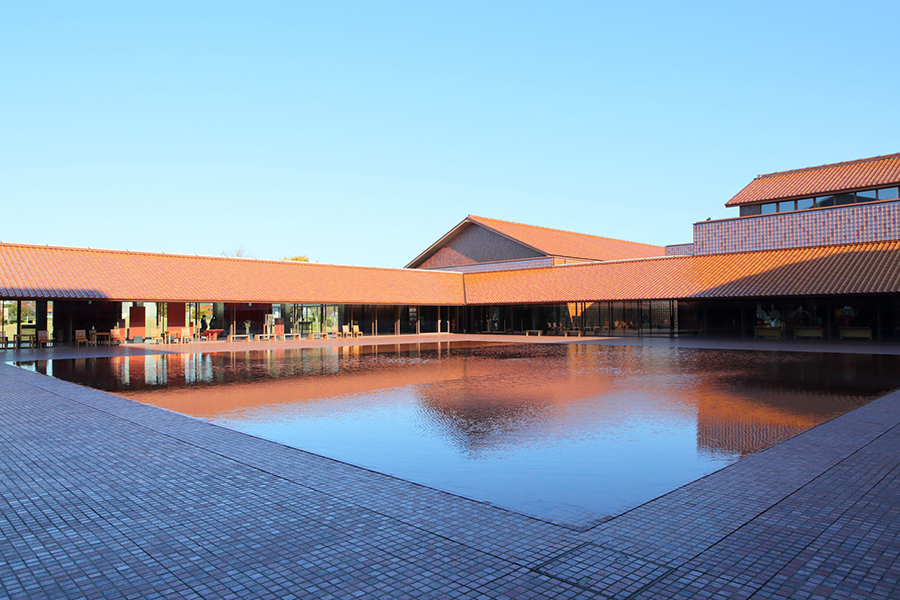
It is a complex of museums and theaters that has become one, and is a complex arts and cultural center representing the western part of Shimane Prefecture, consisting of the Shimane Prefectural Ishimi Museum and the Shimane Prefectural Iwami Art Theater. The facility where museums and theaters have become one is rare nationwide.
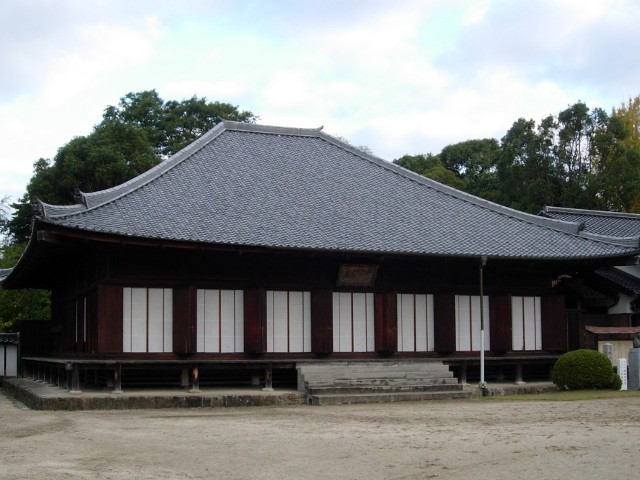
Masuda's Bodaiji Temple. The main hall (important cultural property), which was built in the year 1374 (1374), is a seven-sided square, hipped structure, and features of the Kamakura period are well represented on the line of the powerful roof. There are precious cultural treasures that are transmitted to the temple, such as the "Silu-hon Colored Nikawa-shiraku-do [nigabikudō] figure" (Important Cultural Property, published in GW) and the Buddha statue of the Heian period from the Kamakura period.
This website uses cookies so that we can provide you with the best user experience possible. Cookie information is stored in your browser and performs functions such as recognising you when you return to our website and helping our team to understand which sections of the website you find most interesting and useful.
Strictly Necessary Cookie should be enabled at all times so that we can save your preferences for cookie settings.
If you disable this cookie, we will not be able to save your preferences. This means that every time you visit this website you will need to enable or disable cookies again.
